If you are in the onboarding business, you are aware of how critical onboarding b2b is. It sets the tone for your client relationship. It’s the initial phase where you introduce your product, showcase its value, and lay the foundation for long-term success. Effective onboarding can mean the difference between customer retention and churn, making it an essential component of your overall strategy.
Onboarding is an endless journey that spans from the moment a customer signs up until they become proficient in using your software. This process involves guiding customers through the intricacies of your product, providing them with the necessary resources and support, and ensuring they achieve their desired outcomes.
During this phase, you can establish trust, demonstrate your expertise, and create a positive experience that can increase customer satisfaction, loyalty, and advocacy.
Table of Contents
The importance: Onboarding B2B SaaS customers
Successful customer onboarding is crucial for several reasons:
- Increased Adoption and Usage: By effectively onboarding customers, you ensure they understand the full capabilities of your product and how to leverage it to achieve their goals. This leads to higher adoption rates and more frequent usage, which increases customer lifetime value.
- Reduced Churn: A seamless onboarding experience can significantly reduce the likelihood of customers churning. When customers feel supported and empowered to use your product effectively, they are likelier to remain loyal and renew their subscriptions.
- Positive Customer Experience: Onboarding sets the tone for the entire customer journey. A well-executed process creates a positive first impression and lays the groundwork for a robust, long-lasting customer relationship.
- Faster Time-to-Value: By guiding customers through the initial setup and providing them with best practices, you can accelerate their time-to-value, ensuring they realize the benefits of your product more quickly.
- Competitive Advantage: In a crowded SaaS market, a superior onboarding experience can differentiate your offering and provide a competitive edge, making attracting and retaining customers easier.
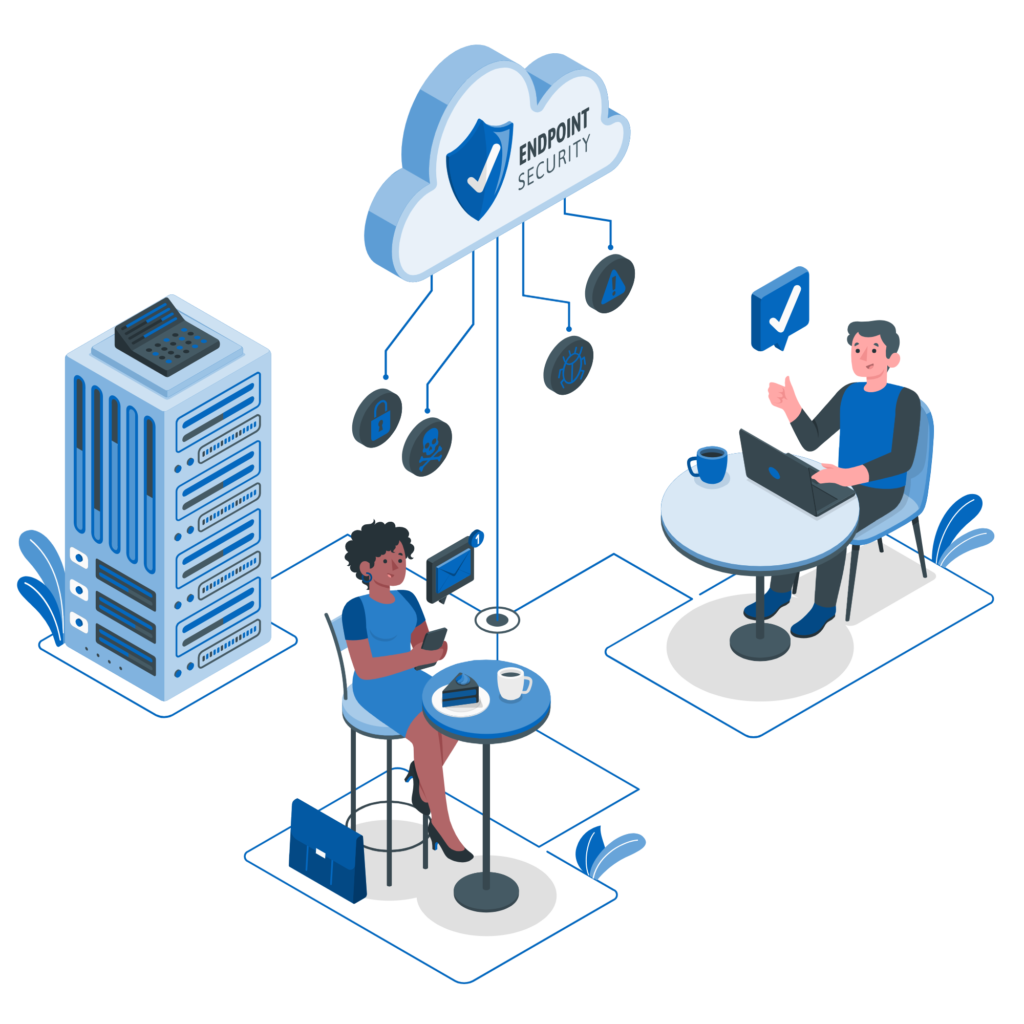
Key elements: Onboarding B2B SaaS process
A successful B2B SaaS customer onboarding process typically includes the following key elements:
- Clear Communication: Effective communication is paramount throughout the onboarding process. You should provide clear instructions, expectations, and timelines to ensure customers understand what to expect and what is expected of them.
- Personalized Approach: Every customer is unique, with distinct goals, challenges, and levels of technical expertise. Tailoring your onboarding approach to each customer’s specific needs and preferences can significantly enhance their experience and increase the likelihood of success.
- Comprehensive Training and Resources: Offering comprehensive training materials, such as video tutorials, documentation, and knowledge base articles, empowers customers to learn quickly and reference information as needed.
- Dedicated Support: Assigning a dedicated customer success manager or onboarding specialist can provide personalized support, answer questions, and address any issues arising during onboarding.
- Milestones and Checkpoints: Establishing clear milestones and checkpoints throughout the onboarding journey helps you track progress, identify potential roadblocks, and ensure customers are on the right path to achieving their desired outcomes.
- Continuous Improvement: Regularly gathering customer feedback and analyzing onboarding metrics can help you identify areas for improvement and refine your processes to deliver an even better experience.
Developing a customer-centric strategy: Onboarding B2B
To create an effective onboarding strategy, you must adopt a customer-centric mindset. This means putting your customers’ needs, goals, and preferences at the forefront of your planning and execution.
- Understand Your Customer Personas: Develop detailed customer personas that capture the demographics, pain points, goals, and behaviors of your target audience. This will help you tailor your onboarding approach to resonate with each customer segment.
- Map the Customer Journey: Visualize all touchpoints and interactions a customer will have with your product and organization throughout the onboarding process. This will help you identify potential pain points and opportunities for improvement.
- Define Success Criteria: Establish clear success criteria for your onboarding process. This could include time-to-value, feature adoption rates, or customer satisfaction scores. Aligning your efforts with these criteria will ensure you’re focused on delivering tangible value to your customers.
- Gather Customer Feedback: Continuously solicit feedback from customers throughout the onboarding process. This can be done through surveys, interviews, or user testing sessions. Use this feedback to refine and optimize your approach.
- Leverage Customer Success Teams: Collaborate closely with your customer success teams, as they have valuable insights into customer needs, pain points, and preferences. Their input can help shape a more effective onboarding strategy.

Mapping out the customer journey: Onboarding B2B
To deliver a seamless onboarding experience, it’s essential to map out the entire customer journey. This involves identifying the various stages a customer goes through, from initial awareness to becoming a proficient user of your product.
- Awareness and Discovery: In this stage, potential customers become aware of your product and its capabilities. Your goal is to provide clear and compelling information that addresses their pain points and highlights the value of your solution.
- Evaluation and Purchase: During this stage, customers actively consider your product and compare it to alternatives. Provide them with detailed product information, pricing plans, and opportunities for demos or trials to help them make an informed decision.
- Onboarding and Implementation: This is the core of the onboarding process, where customers are introduced to your product, set up their accounts, and receive training and support to ensure a successful implementation.
- Adoption and Utilization: As customers become more familiar with your product, your focus should shift to encouraging the adoption and utilization of advanced features and functionalities. Provide ongoing training, best practices, and use case examples to help them maximize the value of your solution.
- Retention and Expansion: The customer journey is the final stage, which focuses on retaining and expanding your customer base. Offer exceptional customer support, introduce new features and enhancements, and explore opportunities for upselling or cross-selling additional products or services.
By understanding and optimizing each customer journey stage, you can create a seamless and cohesive experience that fosters long-term customer loyalty and advocacy.
Creating a checklist for Onboarding B2B SaaS customers
To ensure a consistent and comprehensive onboarding experience, creating a detailed checklist is helpful. This checklist should outline the steps and tasks that need to be completed during the onboarding process, serving as a roadmap for your team and your customers.Here’s an example of what an onboarding checklist for B2B SaaS customers might include:
- Pre-Onboarding Preparation:
- Gather customer information and requirements
- Assign a dedicated onboarding specialist or customer success manager
- Schedule a kickoff meeting with the customer
- Initial Setup and Configuration:
- Provision and configure the customer’s account
- Set up user roles and permissions
- Integrate with third-party systems or data sources (if applicable)
- Product Walkthrough and Training:
- Conduct a comprehensive product demo
- Provide access to training materials (videos, documentation, etc.)
- Schedule live training sessions or workshops
- Data Migration and Integration:
- Assist with data migration from legacy systems (if applicable)
- Integrate with existing workflows and processes
- Customization and Personalization:
- Configure product settings and preferences
- Customize branding and user interfaces
- Set up reporting and analytics dashboards
- Testing and Validation:
- Conduct user acceptance testing
- Identify and address any issues or concerns
- Go-Live and Handoff:
- Finalize the go-live plan and timeline
- Provide ongoing support and resources
- Schedule a post-onboarding review and feedback session
- Ongoing Optimization and Support:
- Monitor usage and adoption metrics
- Provide regular check-ins and support
- Identify opportunities for additional training or optimization
This checklist should be tailored to your specific product and customer needs, but it serves as a helpful starting point to ensure a comprehensive and consistent onboarding experience.
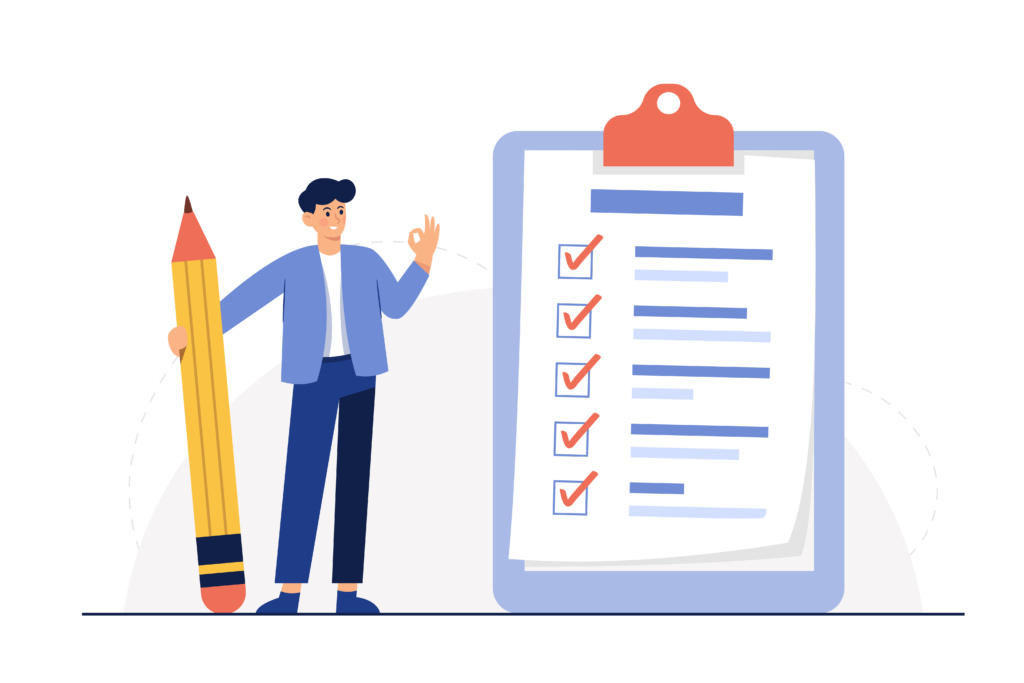
Onboarding B2B: Best practices and tips for B2B SaaS companies
To maximize the success of your B2B SaaS customer onboarding efforts, consider implementing the following best practices and tips:
- Assign Dedicated Onboarding Specialists: A dedicated team or individuals responsible for onboarding can ensure a consistent and high-quality customer experience. These specialists can develop deep product knowledge and build strong relationships with customers.
- Leverage Automation and Self-Service Tools: Implement automation and self-service tools, such as in-app walkthroughs, knowledge bases, and chatbots, to streamline the onboarding process and provide customers immediate access to resources and support.
- Prioritize Hands-On Training: While self-paced learning materials are valuable, hands-on training sessions, either in-person or virtual, can be highly effective in helping customers quickly grasp the intricacies of your product.
- Encourage Collaboration and Feedback: Foster an open dialogue with customers throughout onboarding. Encourage them to provide feedback, ask questions, and share their experiences. This can help you identify areas for improvement and tailor your approach to better meet their needs.
- Celebrate Milestones and Successes: Recognize and celebrate customer milestones and successes during onboarding. This reinforces positive behavior, helps build stronger relationships, and fosters a sense of accomplishment.
- Continuously Optimize and Iterate: Regularly review and analyze your onboarding metrics, customer feedback, and best practices to identify opportunities for improvement. Continuously refine and optimize your processes to deliver an even better experience.
- Leverage Customer Advocacy: Encourage satisfied customers to become advocates for your product. Their testimonials, case studies, and referrals can be powerful tools for attracting and onboarding new customers.
By implementing these best practices and tips, you can create a seamless and practical onboarding experience that sets your B2B SaaS company apart from the competition.
Related blog: How To Leverage SaaS Onboarding – 12 Best Practices For 2024 Success
Measuring onboarding b2b success: Key metrics to track
To ensure the effectiveness of your B2B SaaS customer onboarding efforts and identify areas for improvement, it’s crucial to track and measure key metrics throughout the process. Here are some essential metrics to consider:
- Time-to-Value (TTV): This metric measures the time it takes for a customer to realize your product’s intended value or benefits after onboarding. A shorter TTV indicates a more efficient and effective onboarding process.
- Feature Adoption Rate: Track the rate at which customers adopt and utilize specific features or functionalities of your product. This can help you identify areas where additional training or guidance may be needed.
- Customer Satisfaction Score (CSAT): Regularly gather customer satisfaction scores through surveys or feedback forms. This can provide valuable insights into the onboarding experience and highlight areas for improvement.
- Onboarding Completion Rate: Measure the percentage of customers completing the onboarding process. A high completion rate indicates a practical and user-friendly onboarding experience.
- Churn Rate: Monitor the churn rate of customers who have recently completed the onboarding process. A low churn rate can indicate a successful onboarding strategy that effectively demonstrates the value of your product.
- Support Ticket Volume: Track the volume and nature of support tickets generated during onboarding. High ticket volumes or recurring issues may indicate areas where additional resources or improvements are needed.
- User Engagement Metrics: Analyze product usage, session duration, and feature utilization metrics to gauge customer engagement and adoption levels after onboarding.
- Customer Lifetime Value (CLV): Ultimately, the success of your onboarding efforts should translate into increased customer lifetime value. Monitor CLV and its correlation with your onboarding strategies.
Frequently monitor and assess these metrics to gain an insightful understanding of your onboarding process’s success. Pinpoint areas needing enhancement and employ data-driven strategies to elevate the customer experience.
Onboarding B2B: Common challenges in SaaS customer onboarding and how to overcome them
While striving to deliver an exceptional onboarding experience, B2B SaaS companies may encounter various challenges. Here are some common challenges and strategies to overcome them:
| Category | Challenge | Solution |
| Complexity of the Product | Complex products with numerous features and functionalities can overwhelm customers during onboarding. | Break the onboarding into manageable phases, first focusing on the most critical features. Provide clear documentation, tutorials, and hands-on training to guide customers through the complexities. |
| Lack of Customer Engagement | Customers may not actively engage with the onboarding process, leading to a lack of understanding and adoption. | Implement gamification techniques, such as progress tracking, badges, or leaderboards, to encourage customer participation. Additionally, leverage personalized communication and outreach to keep customers engaged. |
| Data Migration and Integration Challenges | Migrating data from legacy systems or integrating it with existing workflows and processes can be complex and time-consuming. | Develop robust data migration and integration tools and provide dedicated support from technical experts. Offer customized solutions to address unique customer requirements. |
| Resistance to Change | Some customers may hesitate to adopt new processes or technologies, leading to resistance during onboarding. | Communicate the benefits and value of your product and provide change management support. Highlight case studies and success stories to demonstrate the positive impact of your solution. |
| Limited Resources and Scalability | As your customer base grows, providing personalized onboarding experiences can become challenging with limited resources | Implement automation and self-service tools to streamline the onboarding process. Leverage customer success platforms and knowledge bases to provide scalable support and resources. |
| Lack of Cross-Functional Collaboration | Ineffective collaboration between teams, such as sales, product, and customer success, can lead to inconsistencies and gaps in the onboarding experience. | Foster cross-functional collaboration and establish clear communication channels. Align teams around common goals and metrics related to customer onboarding. |
Proactively identifying and addressing these challenges can help mitigate potential roadblocks and deliver a seamless and successful onboarding experience for your B2B SaaS customers.
Conclusion: Onboarding B2B SaaS – Achieving success
Effective customer onboarding is a critical component of success for B2B SaaS companies. Providing a seamless and personalized experience can increase customer adoption, reduce churn, and foster long-lasting relationships.
Remember, onboarding is an ongoing journey, not a one-time event. Continuously gather feedback, analyze metrics, and refine your processes to ensure you deliver the best possible customer experience.
Embrace a customer-centric mindset, leverage best practices and automation tools, and foster cross-functional collaboration to create a comprehensive onboarding strategy that sets your B2B SaaS company apart.
Investing in effective onboarding efforts leads to increased customer satisfaction, loyalty, and advocacy, driving sustainable growth and success for your business.
Frequently Asked Questions
-
How long should the B2B onboarding process take?
The duration of the B2B onboarding process can vary depending on the complexity of the service and the client’s needs. However, a typical process might range from a few weeks to a couple of months.
-
What are the common mistakes to avoid during onboarding?
Common mistakes include lack of clear communication, inadequate training, and not setting clear expectations. Avoiding these pitfalls can lead to a more successful onboarding experience.
-
How can technology improve the onboarding experience?
Technology can streamline processes, provide valuable insights, and automate repetitive tasks, making the onboarding experience more efficient and effective.
-
What role does feedback play in onboarding?
Feedback is crucial as it helps identify areas for improvement and ensures that the onboarding process is meeting client needs and expectations.

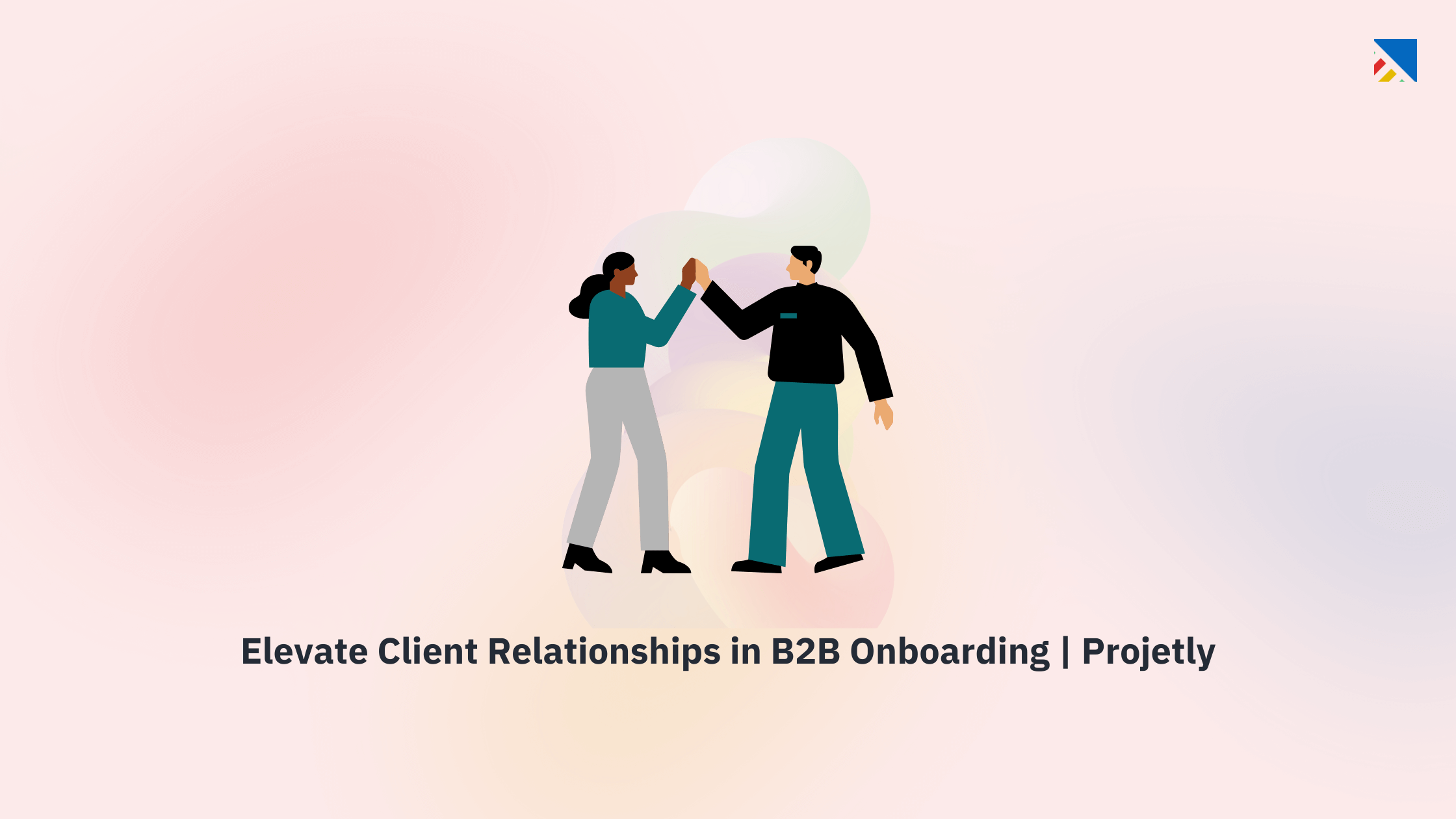
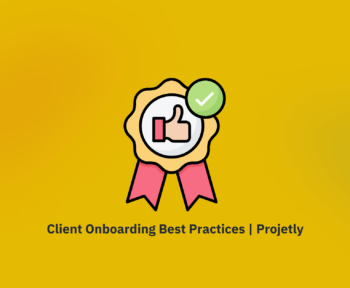
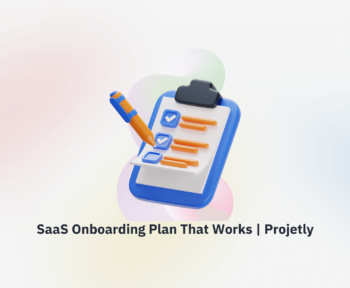
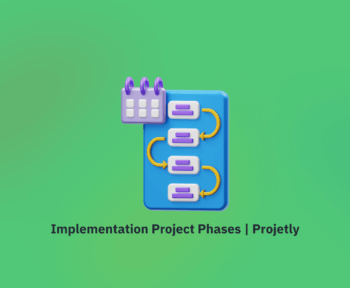
0 Comments